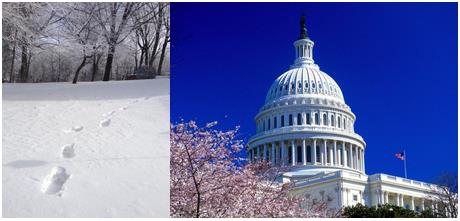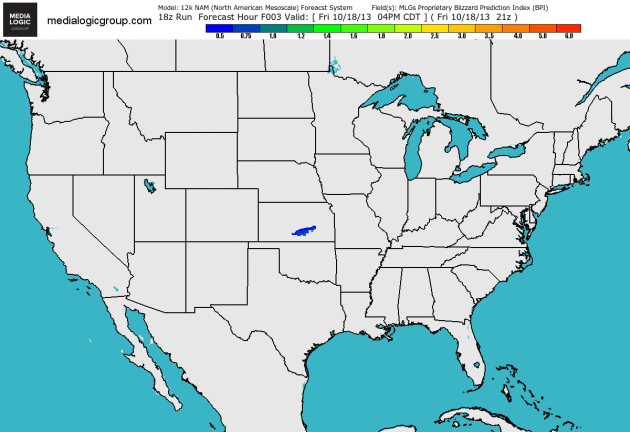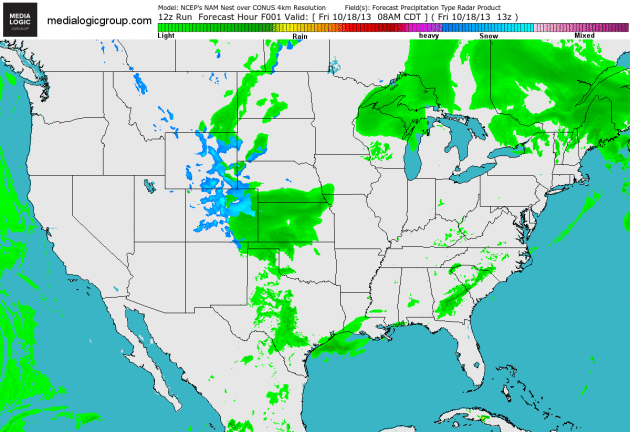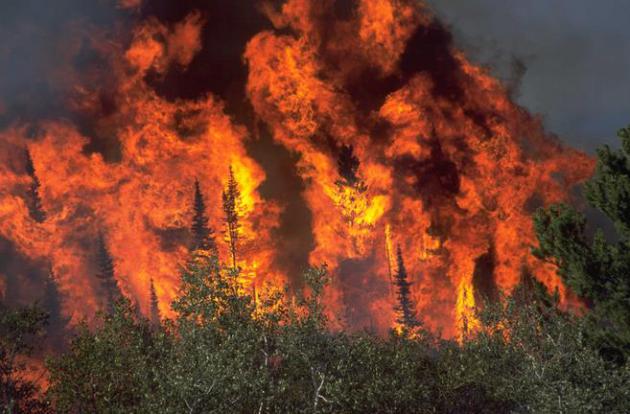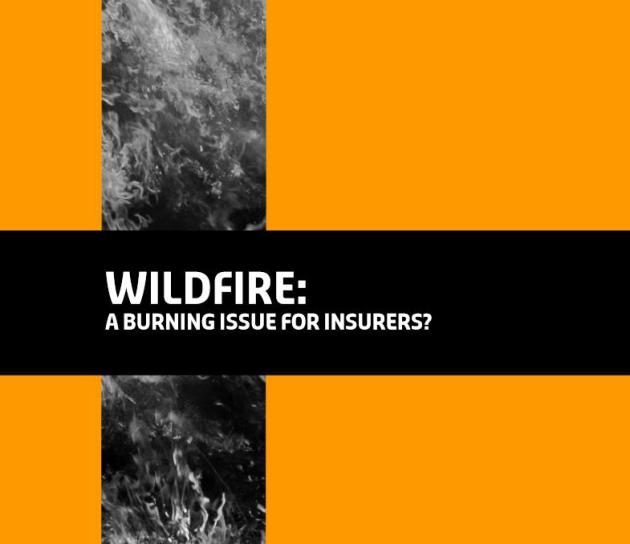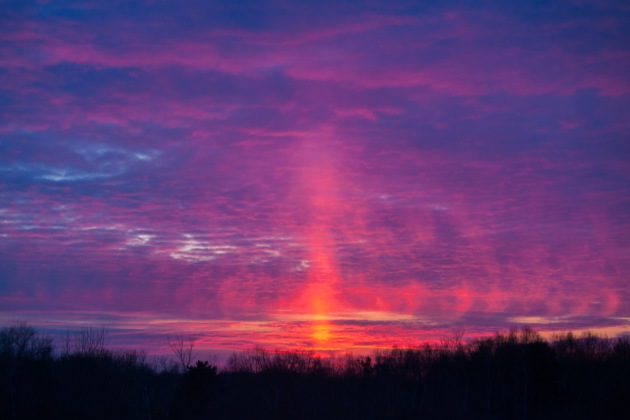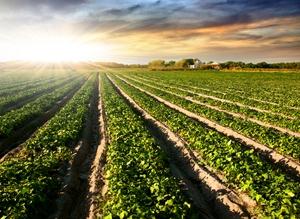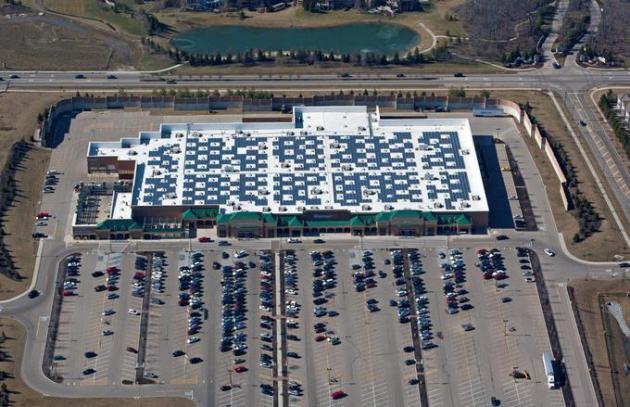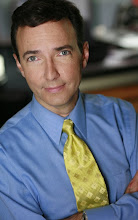Winter Horoscope
“Colder…with some snow.”
My official winter outlook is oddly unsatisfying. Then again, when in doubt, obfuscate. Be as vague as possible.
The reality: any weather forecast beyond 10 days should come with a warning label. Like a pack of smokes.
Exhibit A: this year’s annual hurricane prediction issued in late spring. Every trusted source was forecasting an above-average year for hurricanes in the Atlantic. Right. Too much Saharan dust, dry air & wind shear created unfavorable conditions for tropical development.
With no strong signal from the Pacific (El Nino or La Nina) I’m relying on new methodology for my winter outlook of “slightly milder & slightly snowier than average”. Government shut-downs. Since 1976 the winters following the last 12 shut-downs in DC averaged 4 inches snowier than normal at MSP. As good a leading indicator as any, I’d wager. Details below. In spite of models & hand-waving experts a 4 month weather or financial forecast is pure conjecture. We don’t know what we don’t know.
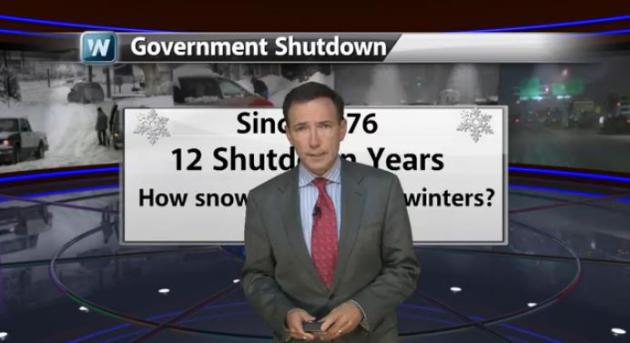
Bigfoot Made Me Do It. I’m not suggesting there’s an ironclad causal correlation between government shut-downs and snow, but at this point nothing would surprise me. When it comes to any long-range weather prediction buyer beware. Everone wants to know what the weather will be like on Christmas Day, but that doesn’t mean the science can support it. Winters are trending milder, so the (safer) bet would probably be another slightly-milder-than-average winter for Minnesota. Snow? In recent years about 1 in 3 winters have brought snowier than average (55″) winters. We had one last winter. Two in a row? Could we be that lucky? Don’t hold your breath. Here’s an overview of today’s edition of
Climate Matters. I had way too much fun with this: “
Weather forecasts beyond ten, twelve, days should have warning labels! Meteorologist Paul Douglas explains how long range forecasts have little accuracy. An active hurricane season was predicted this year and we have seen the quietest season since 1968. Long range winter forecasts are just as tough.”

Federal Government Shut-downs and MSP Winter Snowfall. Yes, there may be a correlation between government gridlock and (slightly) more snow than average in the Twin Cities. Looking at 12 years with federal government shut-downs since 1976 the following winters average roughly 4″ snowier than average. Forget ENSO, La Nina and El Nino to take our long-range cues – this may be as good a predictor as any, come to think of it.
MSP Snowfall During Federal Shut-Down Years:
76-77 43.6″
77-78 50.7″
78-79 68.4″
79-80 53.3″
81-82 95.0″ – second snowiest
82-83 74.4″
83-84 98.6″ – snowiest
84-85 72.7″
86-87 17.4″ – fourth least snowiest
87-88 42.4″
90-91 43.6″
95-96 55.5″
Shutdown Average: 59.6″
1981-2010 Average: 55.5″
* thanks to meteorologist D.J. Kayser for performing these calculations. If the forecast doesn’t work out it’s his fault. I wish I could take credit for this brilliant idea of linking winter snowfall and government shut-downs. I can’t. Kudos to
The Capital Weather Gang for making the connection for the Washington D.C. area and inspiring D.J. and me to run the numbers for the Twin Cities.
BPI: Blizzard Potential Index. One of our amazing in-house developers, a meteorologist and weather model specialist, has created a new tool called the BPI, which analyzes multiple factors to develop a scale. Anything over 3.0: a significant risk of blizzard conditions. Sunday’s clipper in the Midwest creates an index of .5 to 1, suggesting rain, then a burst of sleet and wet snow.
Weekend Clipping. A few instability showers are likely today over the upper Midwest, a better chance of steadier precipitation as an Alberta Clipper dives southeast Sunday triggering a period of rain, possibly mixing with and changing to sleet (ice pellets) and wet snow before tapering. Meanwhile it’ll be a wet Saturday from the Ohio Valley to the southeast. 12km NAM data courtesy of NOAA and Ham Weather.
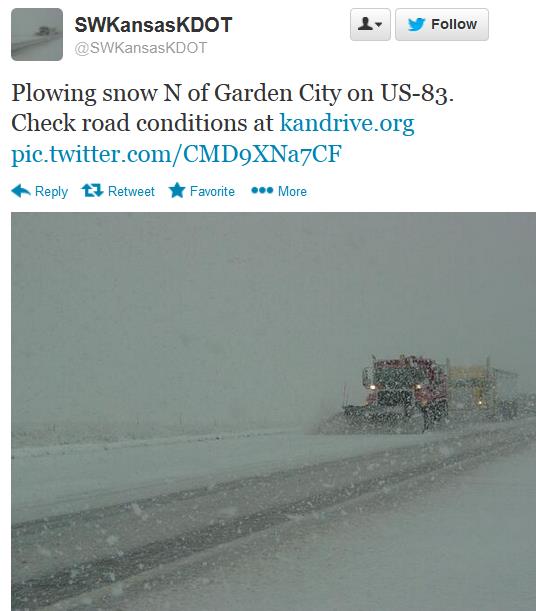
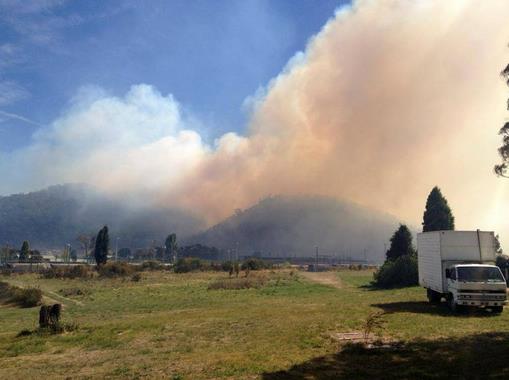
Raging Brushfires Are Leaving Sydney Shrouded In Smoke.
Quartz has more information on the fires burning out of control around Sydney, Australia – here’s an excerpt: “
Billows of smoke have engulfed almost the entirety of Sydney’s skyline, while hundreds of firefighters are trying to tame to the worst bushfires suffered by the city in over a decade. Compounding the already severe problem are winds of up to 50 miles per hour (80 km per hour) and temperatures of nearly 90 °F (32 °C). More than 600 hectares (1480 acres) have already been scorched, and local authorities fear home losses could creep into the thousands. “If we come out of this day without losing hundreds of homes we’ll be very lucky,” Rural Fire Service deputy commissioner Rob Rogers told ABC Radio. Of the over 60 fires still burning, 20 still remain uncontained. Sydney, at present, is shrouded in smoke and ashes..”
Photo credit above: “In this photo provided by the New South Wales Rural Fire Service, smoke rises from a firenear Lithgow, west of Sydney, Thursday, Oct. 17, 2013. Nearly a hundred wildfires are burning across Australia’s New South Wales state, more than a dozen of which are out of control, as unseasonably hot temperatures and strong winds fanned flames across the parched landscape.” (AP Photo/New South Wales Rural Fire Service).

Homes Destroyed By Fires Raging Across Australia. Timesonline and AP have an update on the unprecedented early start to wildfire season in Australia, after a historically mild and dry winter season – it doesn’t bode well for the summer to come: “Authorities were assessing damage from almost 100 wildfires burning across Australia’s most populous state Friday that killed one man, razed an unknown number of homes and forced hundreds of residents to evacuate. Milder conditions were helping firefighters after Thursday’s unseasonably hot temperatures and strong winds fanned flames across the parched landscape and threatened towns surrounding Sydney. Rural Fire Service spokeswoman Natalie Sanders said the number of fires in New South Wales state had dropped from more than 100 overnight to 94, burning across 86,000 hectares (330 square miles). But 28 continued to burn out of control, she said…”
Photo credit above: HOPD. “In this photo provided by the New South Wales Rural Fire Service, smoke rises from a fire near Springwood, west of Sydney, Thursday, Oct. 17, 2013. Nearly a hundred wildfires are burning across Australia’s New South Wales state, more than a dozen of which are out of control, as unseasonably hot temperatures and strong winds fanned flames across the parched landscape.” (AP Photo/New South Wales Rural Fire Service).
Report: Western Wildfires Growing More Intense, Insurers Deeply Concerned. As the Western USA continues to dry out over time wildfires are becoming more frequent and intense. The Washington Post’s Capital Weather Gang has more details; here’s a clip: “Wildfires have been particularly large and destructive in recent years. The three-year period between 2011 and 2013 alone saw:
This trend is particularly alarming not only to residents in areas that are prone to burn during the summer, but to the insurance companies who insure those in harm’s way…”
Wildfire: A Burning Issue For Insurers. The 36 page (PDF) from Lloyds of London is here.
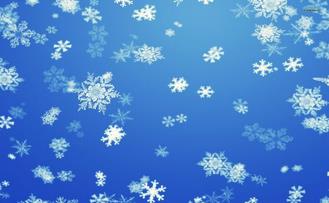
After The Flood: Ski Areas Crank Up Cloud-Seeing Programs. Well, this should make local attorneys very happy, because when it comes to modifying the weather, tinkering with Mother Nature, you really can’t please all the people all of the time. Here’s a clip from a story at The Aspen Business Journal: “…Weather modification has historic roots in the Cold War era, when both the U.S. and Soviets looked at ways to weaponize weather, and more recently, U.S. intelligence agencies decided to help fund a far-reaching study aimed at determining if there’s a way to mitigate global warming with technology and engineering. Proponents have claimed for years that seeding can increase snowfall in targeted areas by as much as 15 percent. As a result, water providers like Denver Water, and big ski resorts, including Vail, Breckenridge and Winter Park, are all helping fund a $1 million cloud-seeding program in Colorado’s north-central mountains, hoping to improve ski conditions, as well as boost stream flows and reservoir storage…”

Best And Brightest. Only A Few Countries Are Teaching Children How To Think. Here’s an excerpt from an interesting article and book review at The Economist: “…This is a lesson Ms Ripley sees throughout her tour of “the smart-kid countries”. Children succeed in classrooms where they are expected to succeed. Schools work best when they operate with a clarity of mission: as places to help students master complex academic material (not as sites dedicated to excellence in sport, she hastens to add). When teachers demand rigorous work, students often rise to the occasion, whereas tracking students at different cognitive levels tends to “diminish learning and boost inequality”. Low expectations are often duly rewarded…”

An Army Of Robot Baristas Could Mean The End Of Starbucks As We Know It. Say it isn’t so. Robots may be able to make a perfect latte, but what about idle banter and meaningless chit-chat at the cash register, huh? Here’s a clip from
Quartz: “
Starbucks’ 95,000 baristas have a competitor. It doesn’t need sleep. It’s precise in a way that a human could never be. It requires no training. It can’t quit. It has memorized every one of its customers’ orders. There’s never a line for its perfectly turned-out drinks. It doesn’t require health insurance. Don’t think of it as the enemy of baristas, insists Kevin Nater, CEO of the company that has produced this technological marvel. Think of it as an instrument people can use to create their ideal coffee experience. Think of it as a cure for “out-of-home coffee drinkers”—Nater’s phrase—sick of an “inconsistent experience…”
Photo credit above: “Finally, a barista you don’t have to lie to about how your day is going.” Briggo.
“Aeromobil”: A Flying Car Reimagined. I wonder if any of the current crop of flying car initiatives will get off the ground – I hope so. This is one good-looking car/plane; details from
Gizmag: “
There is a saying in flying: “If it looks good, it will fly well.” Stefan Klein, a designer from the Slovak Republic, has announced the first flight of his Aeromobil Version 2.5, a flying car prototype he has been developing over the last 20 years. This vehicle is a strikingly beautiful design with folding wings and a propeller in the tail. But will its flight capabilities match its looks?…”
** sun pillar image above courtesy of Steve Burns.
Climate Stories…
Water Vapor In The Upper Atmosphere Amplifies Global Warming, Says New Study.
NOAA has the story – here’s the introduction: “
A new study shows that water vapor high in the sky and the temperature at the Earth’s surface are linked in a “feedback loop” that further warms our climate. Published today, this study gives the first estimate of the size of the feedback’s effect, which may help researchers improve modeling to better understand climate change. “Water vapor in the stratosphere increases in tandem with increases in the Earth’s surface temperature,” said coauthor Sean Davis, a scientist at the Cooperative Institute for Research in Environmental Sciences working at the NOAA Earth System Research Laboratory in Boulder, Colo. “Because water vapor is a greenhouse gas, this generates additional warming. We show that this feedback loop could be about 10% of the climate warming from all greenhouse gases…”
Iowa Scientists: Climate Change Affecting Farming. Here’s an excerpt of a story at
seattlepi.com: “
Several Iowa scientist are releasing a report on how they believe climate change is affecting farmers. A report “Iowa Climate Statement 2012: Climate Change Threatens Iowa Farms” will be released Friday at Drake University. Researchers and professors from Iowa State University, the University of Iowa, the University of Northern Iowa, Drake, and Mount Mercy University will release the report. The report looks at the extreme weather this year marked by the wettest spring on record followed by the second-driest July through September ever...”
Michael Mann, Off Battlefield, Discusses “Climate Wars”. Andrew Freedman has the story for
Climate Central; here’s the intro: “
Michael E. Mann sounds remarkably upeat these days considering that he has been under assault for more than a decade by investigations, criticisms, and even death threats for his work as a climate scientist. Perhaps he’s been buoyed by the fact that the Virginia Supreme Court recently halted State Attorney General and Republican gubernatorial candidate Ken Cuccinelli’s investigation into Mann’s use of state funds for climate research. That case, which was widely viewed as politically motivated, galvanized the climate science community because of the threat it posed to academic freedom and scientific inquiry…”
Climate Change Panel Features Varying Perspectives With Common Goal. Wisconsin’s
Badger Herald has the story – here’s a clip: “…
The benefits of cleaner air, because of public health costs, are you gain $49 on average from every ton of carbon dioxide you remove … the cost of cleaner energy is $30 on average per ton of carbon dioxide removed,” Patz said, drawing on evidence from a study conducted by fellow panelist Gregory Nemet, associate professor in Public Affairs and Environmental Studies. The gains of moving to cleaner energy clearly outweigh the costs, Patz said. Nemet said there is an exponential increase in temperature projected for the next 100 years. “We need to decarbonize at a rate of 5 percent or 6 percent per year,” Nemet said. “You can’t deny that people are burning coal. It’s cheap, domestic and extremely carbon intensive…”
Walmart Leads Companies Investing In Solar. Are they doing it to be altruistic, because it’s the right thing to do, for customers, shareholders and the environment? Possibly, but I suspect it’s because over the long term they can operate with greater efficiency, save money, and pass those savings along, making them even more competitive. Smart. Here’s a clip from
Daily Finance: “
Solar continues to “go through the roof” in the U.S. commercial sector. The Top 25 corporate solar users nationwide have deployed 445 MW of capacity thus far this year, up 48% over the same period in 2012, according to a report released this week. And leading the pack for the second consecutive year is America’s largest retailer, Wal-Mart , with 89 megawatts of photovoltaic capacity installed at 215 company facilities in 11 states. Those are the findings of “Solar Means Business 2013” study, conducted by the U.S. Solar Energy Industries Association, a trade group based in Washington, DC, in cooperation with the Vote Solar Initiative, a non-profit organization based in San Francisco…”
__________________________________________________________________
ABOUT ME
Welcome to the WeatherNation blog. Every day I sift through hundreds of stories, maps, graphics and meteorological web sites, trying to capture some of the most interesting weather nuggets, the stories behind the forecast. I’ll link to stories and share some of the web sites I use. I’m still passionate about the weather, have been ever since Tropical Storm Agnes flooded my home in Lancaster, PA in 1972. I’ve started 5 weather-related companies. “EarthWatch” created the world’s first 3-D weather graphics for TV stations – Steven Spielberg used our software in “Jurassic Park” and “Twister”. My last company, “Digital Cyclone”, personalized weather for cell phones. “My-Cast” was launched in 2001 and is still going strong on iPhone, Android and Blackberry. I sold DCI to Garmin in 2007 so I could focus on my latest venture: WeatherNation. I also write a daily weather column for The Star Tribune startribune.com/weather And if you’re on Twitter, you’ll find me @pdouglasweather.
